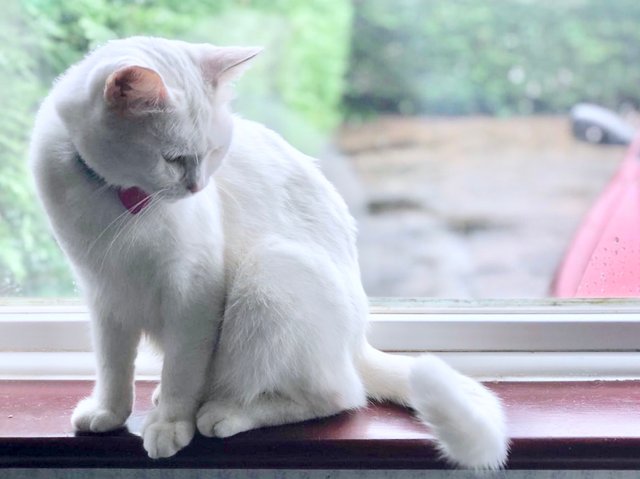
Another day and another look at what could possibly invade our cat’s beloved body. We have explored quite a few different parasites by now but amazingly there are still many to be explored and made aware of. Having an understanding of what to look out for when a possible infestation is occurring can be lifesaving in some cases so it’s important to keep ahead of the game and be ready to pounce on the next invasion the parasites may attempt on the household cat. Mites are another addition to the parasitic collection and they pose a great nuisance to cats and pet owners alike. Mites will take residence around the head area of a cat. In particular, they will cause irritation around the ears, lying underneath the fur coat towards the skin of our cuddly friend.
Mites are not the most appealing specimens to look at. They can be red in colour and will take residence in dusty and damp areas. Mite infestation act fast and will settle around a cat’s coat, spreading around its body. The common sign of this manifestation will come in the form of excessive scratching. It will be a little easier to identify a mite infestation as they will appear orange or red in colour. The cat will try its utmost best to be rid of this irritation for constant scratching to no avail. In fact, a cat will cause further damage as it picks away at scabby skin.
Unfortunately this type of infestation is incredibly hard for a cat to deal with and spread like wildfire in contagious epidemic if not controlled. In order to take care of this pest, human intervention is necessary. Ensuring a clean and secluded quarantine zone will prevent further infestation to other parts of the house and animals. The use of insecticide will help to clear out the infestation once and for all but a vets advice and assessment will be required before administering treatment.
If left alone, irritation can become a detriment to the cat and develop into some alarming symptoms. This includes violent shaking and scratching of the cats head as it tries to rid itself of the parasites. There is even risk of infections as a result of this that will be evident from visual and physical inspection. In this moment it is best to keep the problem areas of a cat in a sanitary state.

Most cats give birth to a litter of between one and nine kittens. The largest known litter ever produced was 19 kittens, of which 15 survived
Downvoting a post can decrease pending rewards and make it less visible. Common reasons:
Submit